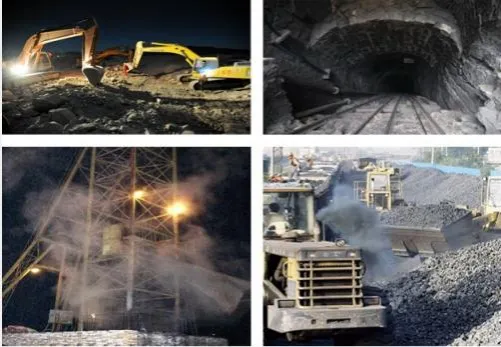set. . 22, 2024 14:20 Back to list
control valve
Understanding Control Valves Essential Components in Process Automation
Control valves are pivotal components in the field of process automation. They play a crucial role in regulating the flow of fluids, gases, or slurries within a system, ensuring that operations run smoothly and efficiently. By responding to signals from controllers, control valves help maintain specific conditions such as pressure, temperature, and flow rate within desired parameters, thus safeguarding equipment and enhancing productivity.
A control valve operates through the manipulation of its internal mechanism, which alters the flow rate of the medium passing through it. The primary types of control valves include globe valves, ball valves, butterfly valves, and gate valves, each with unique characteristics suited to different applications. For instance, globe valves are often used for flow regulation due to their excellent throttling capabilities, while ball valves provide a quick shut-off solution.
The configuration of a control valve system typically includes the valve itself, an actuator, and a positioner
. The actuator is responsible for the movement of the valve stem, converting the control signal—typically pneumatic, electric, or hydraulic—into mechanical motion. Positioners enhance the precision of the valve’s positioning according to the input signal, ensuring that the valve opens or closes accurately.control valve

Control valves are widely applied across various industries, including oil and gas, water treatment, chemical processing, and power generation. In the oil and gas industry, for example, control valves manage the flow of hydrocarbons at different stages of production and transport, playing a significant role in ensuring safety and efficiency. Similarly, in water treatment facilities, these valves help manage the chemical dosing and filtration processes critical to producing clean and safe drinking water.
One of the key challenges in using control valves is the phenomenon of cavitation, which can occur when there is a rapid change in pressure within the valve. Cavitation may lead to noise, vibration, and even damage to the valve itself. To mitigate this, engineers must carefully select valve types, materials, and configurations to match the specific conditions of the application. Additionally, regular maintenance and monitoring can help identify and address issues before they escalate.
The selection of appropriate control valves is vital for optimizing performance and ensuring longevity. Factors such as the type of fluid, temperature, pressure, and flow requirements must all be considered during the design phase. Employing modern technologies, such as smart actuators with integrated diagnostics, can significantly enhance the reliability and efficiency of control valve operations.
In conclusion, control valves are indispensable in the realm of process automation, acting as the gatekeepers of flow and pressure in various industrial applications. Their ability to maintain operational stability and efficiency makes them essential for modern industries. As technology continues to advance, the future of control valves looks promising, with innovations aimed at improving accuracy, reducing maintenance needs, and enhancing operational safety. Understanding these components' workings and selecting the right type for specific applications ensures that industries can achieve optimal performance and sustainability.
Share
-
Reliable Wafer Type Butterfly Valves for Every IndustryNewsJul.25,2025
-
Reliable Flow Control Begins with the Right Ball Check ValveNewsJul.25,2025
-
Precision Flow Control Starts with Quality ValvesNewsJul.25,2025
-
Industrial Flow Control ReliabilityNewsJul.25,2025
-
Engineered for Efficiency Gate Valves That Power Industrial PerformanceNewsJul.25,2025
-
Empowering Infrastructure Through Quality ManufacturingNewsJul.25,2025